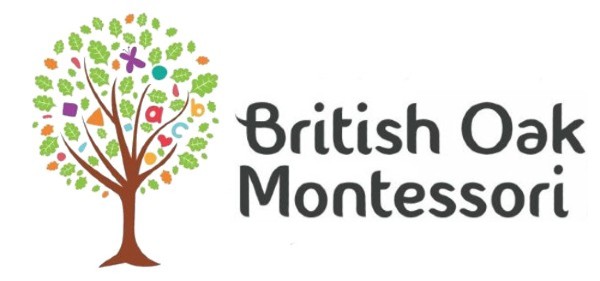Dr Maria Montessori was Italy’s first female doctor and founder of the Montessori Method of Education. She began to develop her philosophy and methods in 1897, attending courses in pedagogy at the University of Rome and reading the educational theory of the previous two hundred
years. In 1907, she opened her first classroom, the Casa dei Bambini, or Children’s House, in a tenement building in Rome. From the beginning, Montessori based her work on her observations of children and experimentation with the environment, materials, and lessons available to them.
As Montessori developed her theory and practice, she came to believe that education had a role to play in the development of world peace. She felt that children allowed to develop according to their inner laws of development would give rise to a more peaceful and enduring civilization.
She received a total of six nominations for the Nobel Peace Prize in a three-year period: 1949, 1950, and 1951. Dr Maria Montessori observed distinct periods, in human development, extending from birth to six years, from six to 12, from 12 to 18, and from 18 to 24.
She saw different characteristics, learning modes, and developmental imperatives active in each of these periods, and called for educational approaches specific to each period. Maria recognised the potential of children in changing the nature of society provided they were nurtured and allowed to develop
freely.
Over 100 years have passed and still Montessori Method established on a global scale and growing.




